Best Microphone for Recording Nature Sounds (Ultimate Guide)
Learn what microphones are best for recording nature sounds and why.
Nature sounds are one of the most difficult subjects to record. Good results are achieved by a combination of using the right microphones, proper research, and field technique.
In this blog post, we’re going to focus on the gear side of gathering nature sounds. Specifically, the best microphones for recording nature sounds.
From handheld field recorders to professional condenser microphones, and every budget-friendly option in-between, this post will thoroughly cover the topic from a learning perspective, so you can make the best microphone decision for yourself.
Microphone Recommendations (Quick Links)
If you’re already well versed in the specifications behind field recording microphones and are simply looking for my recommendations, this section is for you.
However, if you’re new to field recording, I recommend you skip this section, and read the post from top-to-bottom.
In doing so, you’ll learn about all the different types of microphones that are available for recording nature, their pros and cons, what microphones I recommend for each type, and why I recommend them.
After reading, you’ll be able to confidently select the best microphone for your unique needs and vision.
Jump to detailed recommendation descriptions.
Best Handheld Field Recorders for Recording Nature Sounds
Best Omnidirectional Microphones for Recording Nature Sounds
Best Cardioid Microphones for Recording Nature Sounds
Audio Technica AT4021
budget friendly
low self noise
How To Record Nature Sounds
Recording nature sounds is a difficult job for numerous reasons. In this guide, you’ll learn why capturing nature sounds is one of the most difficult field recording pursuits, and what microphones are up for the job.
As a general overview, to get the best quality nature sound recordings, you’ll need:
low noise microphones
the right pick-up pattern
lightweight gear
field skills
What Are Low Noise Microphones?
Microphone noise refers to the static sound that all microphones produce when powered. This noise sounds like hissing, and is similar to “white noise”.
Under most recording circumstances, microphone noise is not a problem because the subject you are recording is much louder than the background hiss and is not audible in the final mix.
However, when recording quiet sounds, like those of nature, the noise level of your gear becomes extremely important.
Microphone noise can be measured in many different ways.
Under a microphone’s specifications, you may see its noise value listed as:
self-noise - measured in dBA
signal-to-noise ratio (SNR) - measured in dBA
equivalent input noise - measured in dBu
Below you’ll find a helpful chart with ratings for the various noise measurement techniques. For recording nature sounds, I recommend selecting a microphone with a “Very Good” rating or higher.
| Self-noise (dBA) | EIN (dBu) | SNR (dB) | Rating | Description |
|---|---|---|---|---|
| ≤ 12 |
-130 | ≥ 82 |
Ultra Quiet | Extremely low self-noise. Undetectable even under the most critical recording conditions. |
| 16-13 | -126 | 78-81 | Very Good | Very slight noise discernable when recording the quietest signals. |
| 20-17 | -119 | 74-77 | Good | Good enough for most purposes. Noise noticeable in quieter recordings. |
| 24-21 | -110 | 70-73 | Fair | Noise obvious when recording anything below speaking level. |
| ≥ 24 |
-100 | ≤ 69 |
Poor | Not recommended unless you only record waterfalls, alarms and jets (very loud signals). |
Each microphone recommended in this post will have the self-noise clearly stated for comparison purposes.
Microphone Pick Up Patterns
Microphones come in many different pick up patterns.
Also called “polar patterns”, a microphone’s pick up pattern determines the directionality; in what direction(s) the microphone is sensitive to sound.
For recording nature sounds, omnidirectional and cardioid pick up patterns are the most common, so those are the two we’ll cover.
Omnidirectional
Omnidirectional microphones, omni for short, are sensitive to sounds 360° around the capsule.
Sounds emanating to the front, rear, and sides of an omni mic will be recorded with equal signal strength (loudness).
Because omnidirectional microphones record all sounds with equal emphasis, the pick up pattern is also called “non-directional”.
Due to their enveloping pickup pattern, they are great for capturing entire environments of sound.
Omni microphones are often used to record ambiences and soundscapes. Use two of them to create a stereo image.
There are many stereo miking techniques using a pair of omni mics including, A/B stereo, jecklin disk, binaural, and Olson wing.
Cardioid
Cardioid microphones are sensitive to sounds to the front and sides of the capsule. They reject sounds emanating behind the capsule.
The cardioid microphone gets its name from its heart-shaped pickup pattern. They are the most popular microphones for recording speech thanks to their ability of rejecting sound from the side and rear.
A cardioid mic’s pickup pattern is unidirectional, meaning it is only sensitive to sound from 1 direction.
Single cardioid mics are used for recording spot sound effects in situations where you can get the microphone very close to your subject.
More commonly, pairs of cardioid microphones are arranged in X/Y, and ORTF to record stereo ambiances.
Why Is Weight Important
Since the best nature sound recording opportunities are often several miles into the woods, weight is an important factor to consider before purchasing any gear specifically for nature field recording.
As a professional nature field recordist, I know this first hand and have learned that the best gear not only sounds good, but is lightweight.
In the past, I’ve lugged almost 10 pounds of recording gear, along with my camping equipment, into the wilderness and found the experience frustrating.
Although microphones are not particularly heavy, recorders and accessories certainly can be.
If you’re recording stereo with only two audio channels, the Zoom F3 is the perfect recorder for nature sounds. It’s extremely small, lightweight, and has some of the quietest preamps on the market.
Essential Field Skills
When it comes to capturing amazing nature sounds, gear is only half the battle.
The best gear in the world will produce lack-luster recordings without proper field technique.
However, since the main focus of this article is on the gear, I’ll keep this section brief.
The most important field skills to practice are:
research
location scouting
microphone positioning
There are more, but these are the most important in my opinion.
Research
Before you can start recording, you need to select a recording location.
This step is vital to the success of your field recording trip and cannot be overlooked.
The following are questions I seek answers for during my research:
how large is the natural area? - the bigger the better. Larger preserved natural areas provide natural noise suppression against the sounds of civilization
how far away is the nearest primary road? - vehicle traffic is one of the most intrusive forms of noise pollution. Try selecting a location that is at least 5 miles away from any primary route (yellow roads on Google Maps).
are there any nearby airports or major flight routes overhead? - aircraft noise is almost impossible to escape. However, you can limit its effect on your recording by selecting locations 50 miles away from any airports and away from any major flight routes. FlightRadar24 is an awesome (and free) tool for this job.
what access trails are available? - although bushwhacking through wilderness can lead you to some great recording locations, it is not always desirable, or advisable, with a heavy pack and expensive recording gear. Research the area with AllTrails to find what trails are available and which ones are less popular (less people = less noise).
how much light pollution is present? - light pollution maps are a good indication of the level of urbanization surrounding a natural area. Generally speaking, the darker the sky, the less people are nearby, resulting in a quieter soundscape.
Location Scouting
Once you’ve arrived at your researched location, it’s time to explore the landscape, keeping an eye out for potential recording locations.
If possible, I like to spend an entire day getting to know the land before making any recordings. I spend the day hiking and sitting in silence while observing with my eyes and ears.
Things I look for include:
snags - snags are dead trees still standing upright. They are preferred locations for birds to sing from (song posts), raptors to hunt from, and for birds and mammals to raise their young.
ecosystem edges - biodiversity is greatest where two or more unique ecosystems meet. The border between the two is called an “edge”. These are great locations to record unique soundscape compositions.
tracks/game trails - by observing where animal tracks and game trails are, you learn what areas have the greatest wildlife traffic. Close wildlife encounters are one of my favorite kinds of nature sounds.
Microphone Positioning
After you’ve selected the best site for your microphones, it’s time to set them up.
Depending on your microphone array and number of audio channels, the approach will vary:
mono - single audio channel is easy. Simply point your microphone directly at your subject. To capture more sonic details, and for a free boost in signal-to-noise ratio, try getting as close to your subject as possible..
stereo - for two audio channels, you must think about the broader ambience and the balance between left and right channel audio. In my opinion, the best stereo recordings have a consistent sound in the center image (flowing water, stationary calling wildlife), with well-balanced ambient sounds to the sides (wind gusts, insects, distant birds).
surround - when capturing surround sound with double mid-side or ambisonic microphone arrangements, you must think about the full, 360° scene. This presents a challenge because you can no longer use large rocks or trees as windbreaks. However, a well balanced surround sound ambience is one of the most enjoyable listening experiences you can capture.
No matter how many audio channels you are using, monitoring your audio live in the field is of utmost importance.
Through live listening, you determine how focused your subject is, how balanced the stereo image is, and make adjustments accordingly.
Headphones are so important, I’ve written a full guide to the best headphones for field recording that you can find below ↓
Best Microphones For Recording Nature Sounds
Now that you have learned about all the important features to look for in a good microphone for recording nature sounds, let’s look at some specific recommendations.
All microphones recommended here are capable of recording nature sounds with very little background hiss.
However, more expensive microphones generally have lower noise, and the absolute best microphones for capturing nature sounds are moisture resistant $$$.
For each microphone type, I list three options sorted from least to most expensive.
Jump Navigation: Handheld Recorders | Omnidirectional Mics | Cardioid Mics
Best Handheld Field Recorders for Recording Nature Sounds
Budget: Zoom H1n
The Zoom H1n is one of the best handheld field recorders for beginners thanks to its low-noise preamps and budget-friendly price.
It is very small, has a knob for gain adjustments, and provides plug-in-power for a 3.5mm external microphone.
Its biggest downside is its plastic construction and lack of an internal memory.
Enthusiast: Zoom H5
The Zoom H5 offers a big improvement in self-noise and versatility over the H1n.
The Zoom H5 has 2 XLR inputs for phantom powering condenser microphones. Each input has its own gain adjustment knob for fast and easy adjustments. However, the XLR inputs are non-locking
Additionally, the onboard mics are detachable and interchangeable with other pickup patterns. Currently, Zoom offers 6 mic capsule options including shotgun and mid-side options.
Professional: Sony PCM D100
The Sony PCM-D100 is the king of all handheld field recorders. It has the quietest preamps of any model and comes with some great accessories, but it’s not cheap and doesn’t support XLR microphones.
This is my primary recorder and it is awesome for capturing quiet nature sounds.
My favorite features of the D100 include the swiveling microphone capsules, the aluminum body, its great battery life, and of course, its low self-noise. I also love the included case and wind protection.
UPDATE: The Sony PCM D100 has been discontinued and is only available on used marketplaces. Click below to check availability.
Best Omnidirectional Microphones for Recording Nature Sounds
Budget: sE Electronics sE8 Omni
The sE8 Omni offers a ton of value for its relatively low price.
With only 15dBA of self-noise, the capsules exceed the requirement for being suitable for recording quiet nature sounds.
Additionally, a matched pair kit comes with a lot of great accessories including:
stereo bar
x2 foam windscreens
x2 microphone stand clips
robust carrying case
A Slight Upgrade: Audio Technica AT4022
Offering a 2dB improvement over the sE8 Omni, the AT4022 has just 13dBA of self-noise.
Although Audio Technica does not offer the AT4022 in matched pairs, they are still a popular option for recording stereo nature ambiences and include some nice accessories.
Each AT4022 comes with:
AT8405a mic clamp
foam windscreen
carrying case
Professional: Sennheiser MKH 8020
A pair of MKH 8020s are the best omnidirectional microphones for recording nature available today.
With only 10 dBA of self-noise, they are the quietest by far and are moisture resistant.
You’ll never experience any popping or clicking sounds when recording for extended periods, even in the most humid environments.
A pair of 8020s also come with some nice accessories:
x2 mic clips
x2 foam windscreens
carrying case
Best Cardioid Microphones for Recording Nature Sounds
Best Value: sE Electronics sE8 Cardioid
The sE8 Cardioid from sE Electronics is a great deal for a pair of cardioid microphones for recording nature sounds.
With only 13dBA of self-noise, they are ideal for hiss-free nature recordings.
Additionally, a matched pair kit comes with some useful accessories including:
stereo bar
x2 foam windscreens
x2 microphone stand clips
robust carrying case
Professional: Sennheiser MKH 8040
When you need a low noise cardioid microphone for outdoor use, there is no better option than the MKH 8040.
With just 12dBA of self-noise, it is the quietest pencil condenser microphone on the market.
Additionally, the capsule is RF-biased, making it nearly impervious to humidity and moisture.
A matched pair kit includes the following accessories:
x2 mic clips
x2 foam windscreens
carrying case
Support Acoustic Nature
If you enjoyed this post and would like to help support Acoustic Nature, please consider "buying me a coffee" or becoming a Patreon with the buttons below.
As a thank you for your support, Patreon supporters receive a copy of Field Recording For Beginners, exclusive access to the full Behind The Sounds video series, nature sound library downloads, and more.
If you are unable to support the site financially, please share this post with others, or leave a comment below letting me know you enjoyed this post! Both are free and help the website grow. Thank you ♫
Thanks for reading,
-Jared

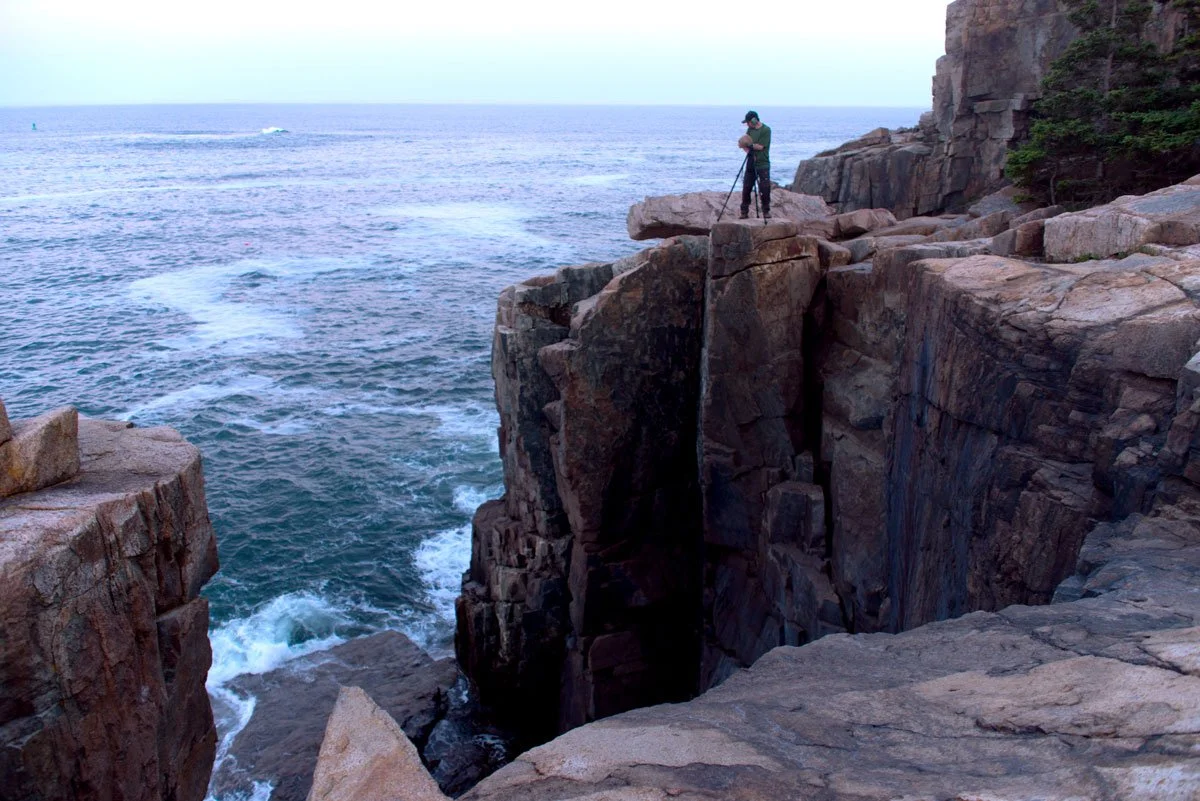
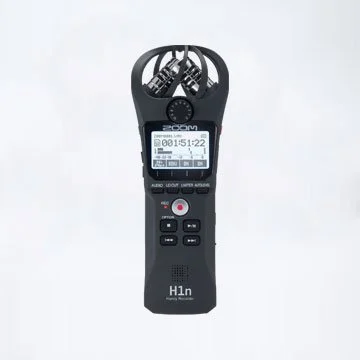
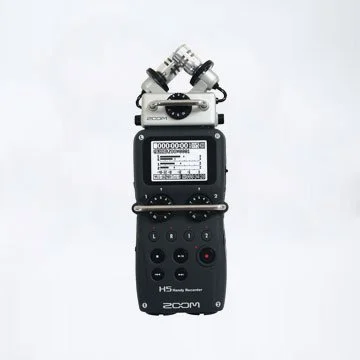

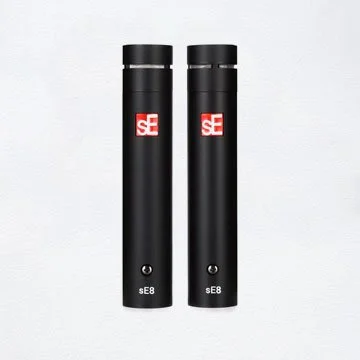
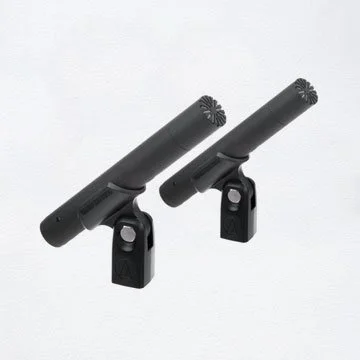
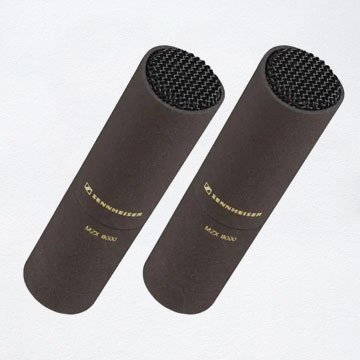
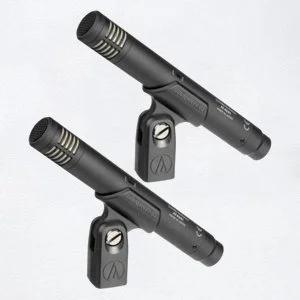
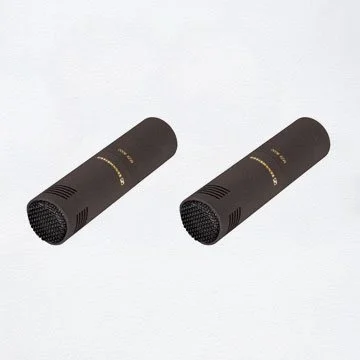

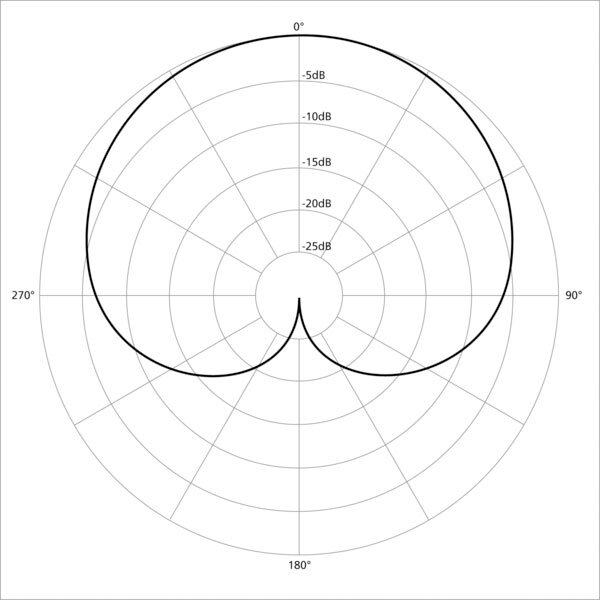
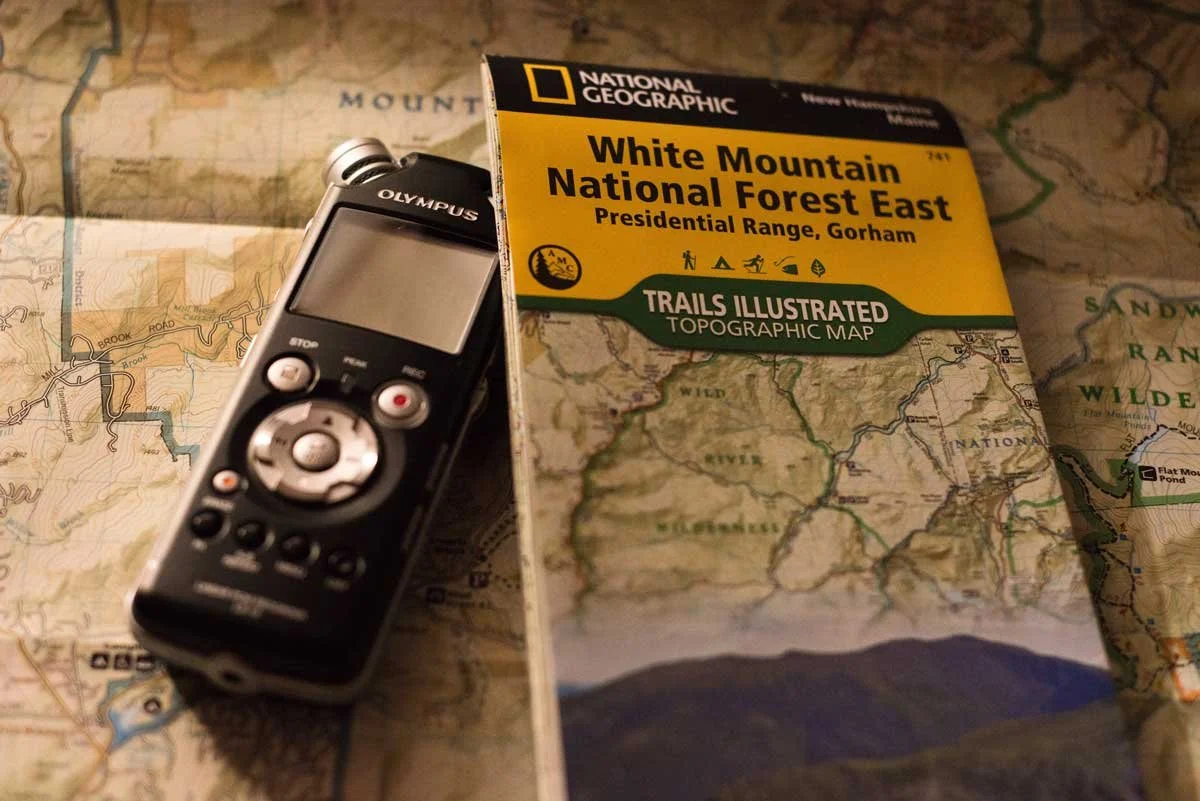



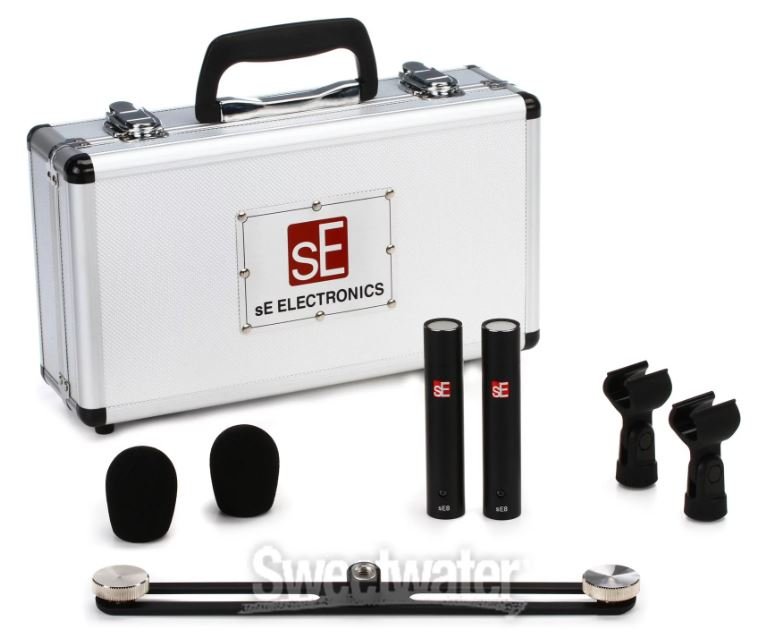
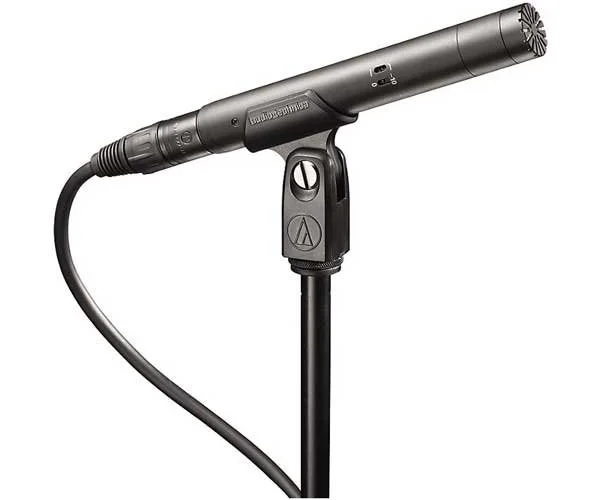





Motivated by wanting higher-quality recordings, I recently researched the best headphones for field recording. I learned that there is no perfect model, but there are headphones better suited for different…